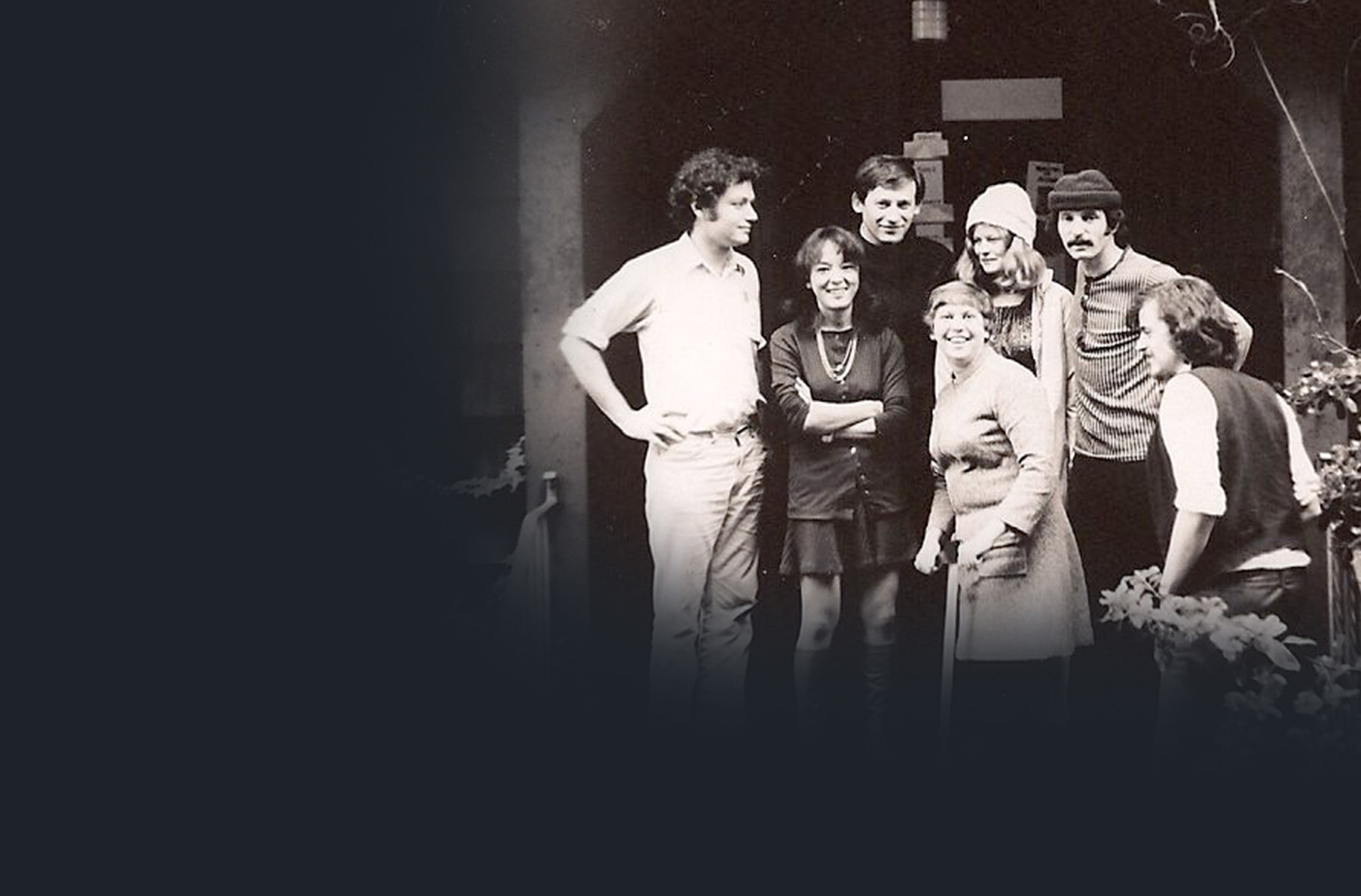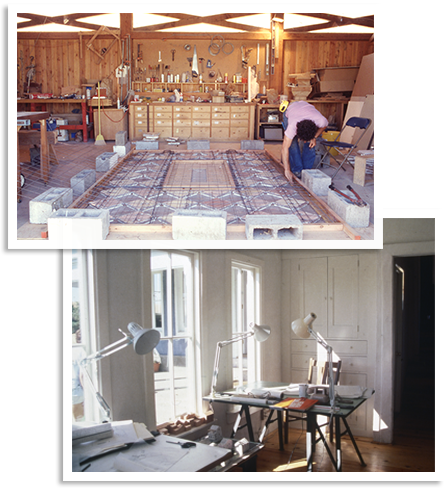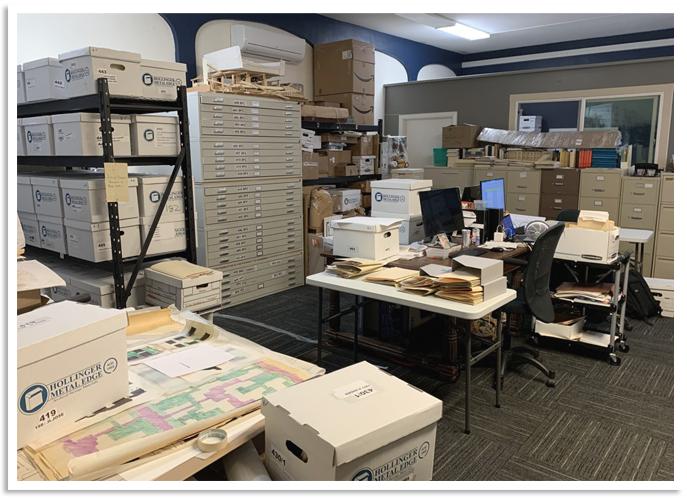

“Remember that each building exists mainly to activate the land.”
The Nature of Order: Book 3, A Vision of a Living World, 2005, p188
In March 1965, Alexander set forth his intention to establish C.E.S.
In 1965, Alexander described to a friend the kind of architectural company he envisioned, which was required to carry out conceptual design work. The name he then had in mind was “Environmental Form Incorporated”.
“We shall, gradually, construct a complete picture of the relational structure which the entire urban environment requires. This will take years of piecemeal work, and it will of course be under continual modification. Each new project, undertaken by a partner, will deal with some known and unsatisfactory complex or set of complexes, and will reassort these complexes, reorganise them, and redefine their relation to all the remaining complexes in the city. Only a company set up the way I am describing it could undertake this.”
“With this as our central guiding principle, our work will be cumulative. We shall not repeat ourselves but will get a better and wider grasp of the environment with each new project. This unified ongoing picture will be both a source of information for new projects, and it will be, at any given moment a complete specification of all the complexes in the environment as far as they are understood.”

Also in this letter was a promise to make public the research and findings of each project undertaken
Each new project started with identifying the major aspect/s, which required in-depth searching in order to ensure its fitness with its physical and social context, the satisfaction of its users, and the manifestation of feeling in it.
The research focused on the design process at the level of regions, cities, buildings, and on the development of new construction systems and details. It included functional and pattern aspects, ecological and sustainable parameters, questions of structure and process, as well as questions of geometry, architectural and urban design, and questions of organic process, wholeness, and morphogenesis.

The Center for Environmental Structure operated for more than 50 years as a non-profit corporation with Alexander at the helm.
C.E.S. has kept its character as a non-profit organization for the full duration of its operation. Design, research, experimentation, training and construction were a continuum of interconnected activities, all taking place in parallel. Alexander was the core of the office, transfusing to his staff and students his knowledge and his ardor for researching the most accurate and detailed solutions to the problems at stake.
With head offices in California, C.E.S. designed and built a variety of projects, large and small, in many different and often challenging settings. Among its clients were the United Nations, national governments, cities, and industries. It maintained branch offices at different times, in different countries, the main ones being in Japan and the U.K.
The list of people who worked with Christopher Alexander in C.E.S is long and includes more than seventy architects and builders. Many of them were his students, who started as apprentices, and continued working with him for more than a decade.

The Center for Environmental Structure is still active today
C.E.S. today, with Maggie Moore Alexander as its president, continues its operations, as the guardian and trustee of “The Christopher Alexander & the Center for Environmental Structure Archive”. It has invested funds, time, commitment and enthusiasm in organizing the archive to share on the internet, and will continue this work until its completion.

We are grateful to our Collaborators for their support in realizing our vision of this digital archive.
- Athens Technology Center, Greece ATC has been working with us since 2017 to design a presentation of this vast archive in a way that is accessible for the many different audiences who are interested in the work of Christopher Alexander and the Center for Environmental structure.
- CEPT University Archives, India
- School of Architecture, Aristotle University of Thessaloniki
- Canadian Centre for Architecture
- The Computational Design Exploratory research laboratory at McGill University, Montreal
- Building Beauty Post-Graduate Diploma in Architecture founded on the principles in Christopher Alexander’s
The Nature of Order.



